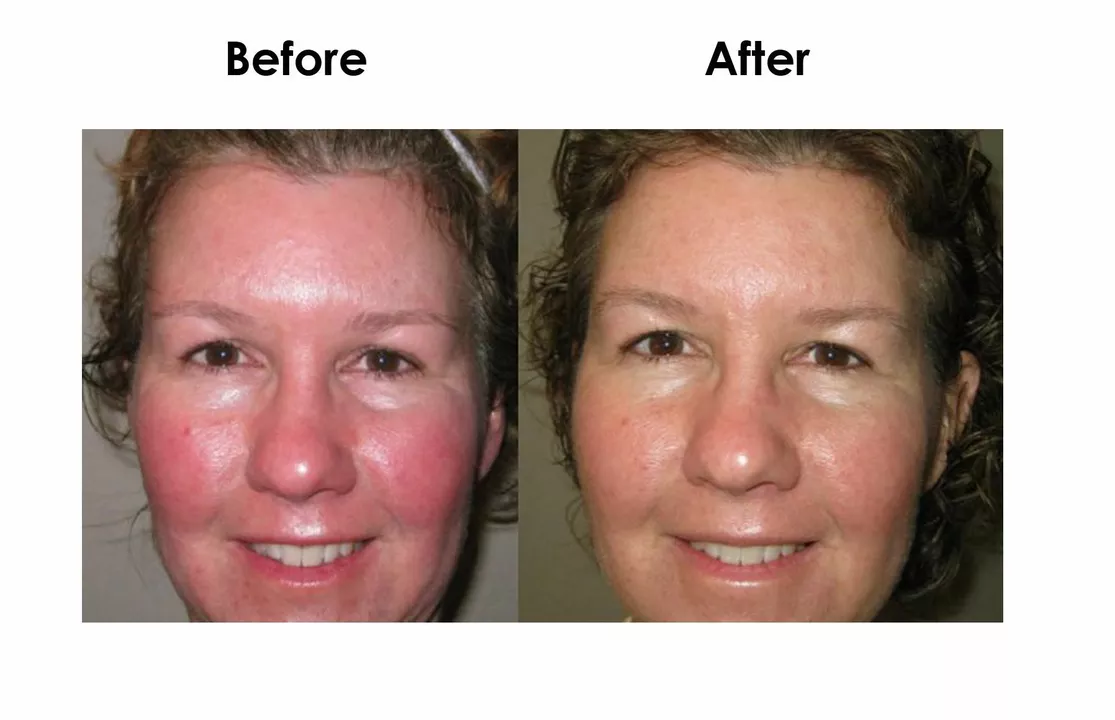Eye redness: causes, fixes and when to see a doctor
Eye redness can ruin your day and sometimes signal something serious. If your eye looks bloodshot, what should you do right now? This short guide helps you spot common causes, try safe home fixes, and know when to see a doctor.
Red eyes often come from three simple things: irritation, allergy, or infection. Irritation means dry eyes, smoke, wind, or too much screen time. Allergies bring itchy, watery eyes and usually both eyes are affected. Infections like bacterial or viral conjunctivitis often cause thicker discharge, crusting on lashes, or a single very red eye. Contact lens problems show up as pain, blurred vision, or redness that gets worse when you touch the lens.
Other causes to keep in mind are eyelid inflammation (blepharitis), a burst tiny blood vessel (subconjunctival hemorrhage), and rarely acute glaucoma which is painful and needs emergency care. A subconjunctival hemorrhage looks scary but usually fades in one to two weeks without treatment.
Simple home fixes
Start with gentle steps. Wash your hands and avoid rubbing your eyes. Remove contact lenses until the redness clears. Use preservative-free artificial tears every few hours to relieve dryness. A cool compress for 10 minutes can reduce swelling and itching if allergies are the cause. For pollen season, keep windows closed and shower after being outdoors to rinse allergens off your skin and hair.
Over-the-counter antihistamine eye drops can help allergic redness. Avoid antibiotic eye drops unless a doctor confirms a bacterial infection. If you wear eye makeup, stop using it until the eye heals and replace old cosmetics to avoid reintroducing bacteria.
When to see a doctor
Get medical help if you have significant pain, sudden vision loss, bright light sensitivity, or a colored halo around lights. Also see a doctor if thick yellow or green discharge appears, if redness follows an eye injury, or if symptoms last more than 48 to 72 hours despite home care. Contact lens wearers should seek prompt care for increasing pain or vision change.
Small things help prevent redness. Take regular screen breaks using the 20-20-20 rule, stay hydrated, use a humidifier in dry rooms, and replace contact lenses as directed. Sunglasses protect against wind and sun that can irritate eyes.
If you are unsure, call your eye care provider. Quick action can save vision and get you back to normal faster.
Know the types of eye drops: lubricants relieve dryness, antihistamine drops ease allergy, and medicated drops treat infections. Antibiotic drops treat bacteria and require a prescription in many places; antiviral drops are used for herpes-related eye infections. Steroid eye drops reduce inflammation but can raise eye pressure and must only be used with an eye doctor's supervision. Certain oral medicines like isotretinoin or some blood pressure drugs can cause chronic dryness and redness—tell your doctor about all medications. Babies and older adults need fast checks because infections can spread or worsen quickly. When treatment starts, finish the prescribed course and follow up if redness returns. Don't ignore severe or unusual symptoms today.




